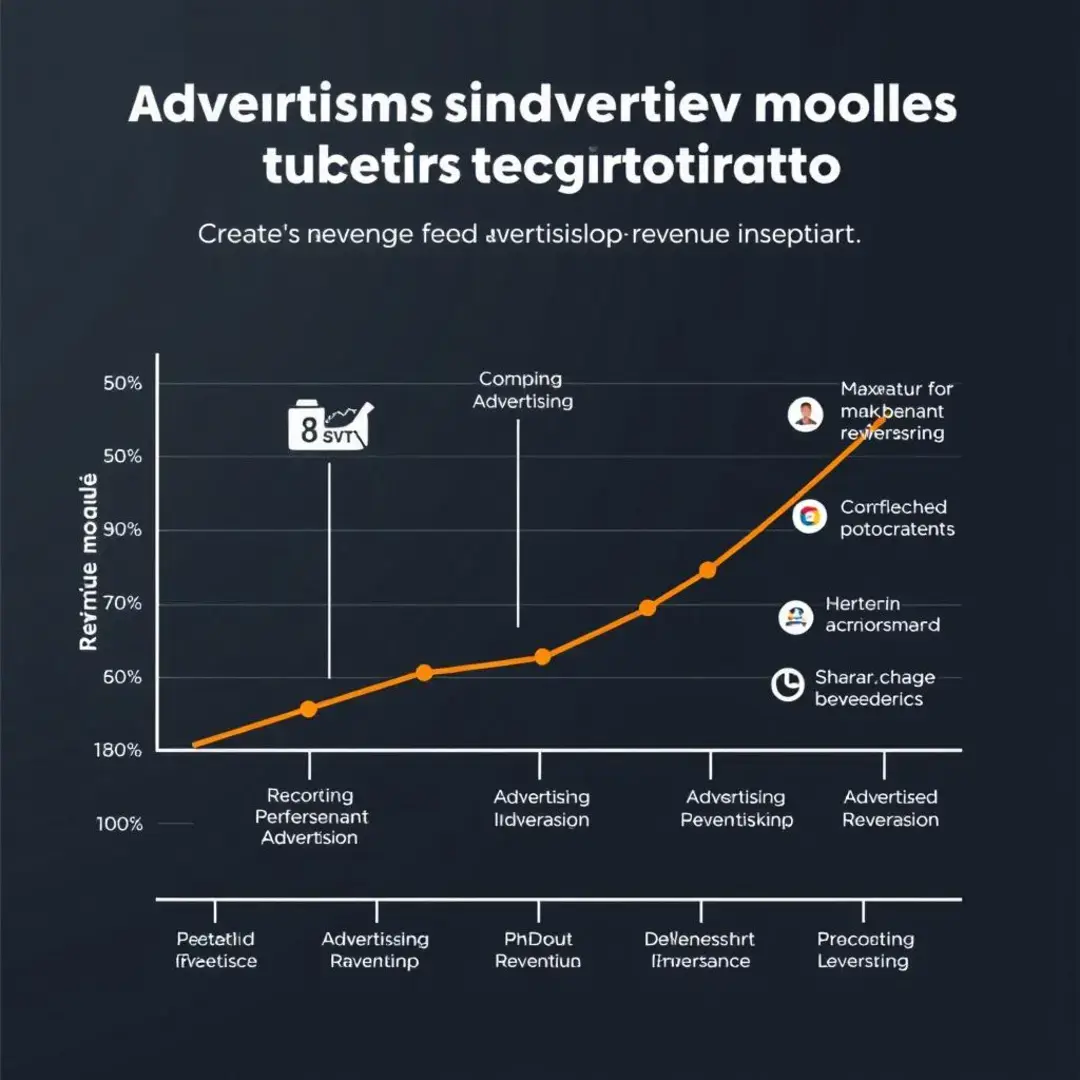Understanding Different Revenue Model Types
Subscription Revenue Models

Flat Rate Subscription
A flat rate subscription is a pricing strategy where customers pay a fixed amount at regular intervals to access a service or product. This model is prevalent in industries like streaming media and software services, providing a straightforward option for users. Companies like Netflix exemplify this with their simple monthly fee structure, allowing unlimited access as long as the subscription is active.
The primary benefit of a flat rate model is its predictability for both the business and customers. Revenue can be forecasted easily, and users appreciate the simplicity of a single payment. However, the drawbacks include potential drawbacks like peak-user overload, which can strain resources. Additionally, if the offered service isn’t continually compelling, customer retention may suffer.
Tiered Subscription
Tiered subscription models offer customers multiple pricing plans, each providing varying levels of service and features. This model enables businesses to cater to different customer segments, from casual users to power users willing to pay more for enhanced benefits. For example, many SaaS companies structure their tiers based on user count or feature sets.
Successfully implementing a tiered model involves strategically marketing higher tiers to existing users. Upselling can be achieved through targeted communications that highlight the benefits of premium features. Cross-selling additional products within the tiered framework can also increase revenue, with a focus on creating bundled offers that add value.
Usage-Based Subscription
In usage-based subscription models, customers are billed based on their actual usage of a service. This approach requires careful monitoring of how much each user is consuming to ensure accurate billing. Companies like utility providers and cloud service platforms utilize this model, where consumers only pay for what they consume.
Numerous businesses effectively use usage-based pricing, such as Amazon Web Services (AWS), which charges customers according to their storage and data transfer needs. This model can incentivize prudent usage as customers feel in control of their expenses, leading to higher satisfaction. However, setting clear expectations for billing can prevent confusion and disputes over costs.
Transactional Revenue Models

E-commerce/Direct Sales
The e-commerce and direct sales model relies on selling physical or digital products directly to consumers through online platforms. Understanding market trends and consumer behavior is crucial for setting competitive pricing. This model encompasses various strategies, including discounting, bundling products, and time-limited offers to drive sales while maintaining healthy margins.
Effective inventory management is essential in e-commerce, as stockouts or overstock can have significant financial implications. Businesses should utilize inventory forecasting tools to predict demand accurately. Additionally, streamlining the fulfillment process ensures that customer orders are processed quickly and accurately, enhancing customer satisfaction.
Affiliate Marketing
Affiliate marketing involves partnering with individuals or companies that promote your products in exchange for a commission on sales generated. Building effective partnerships requires selecting affiliates who align with your brand values and have an engaged audience. A robust affiliate program can significantly boost visibility and drive sales with minimal upfront costs.
For an affiliate marketing program to be successful, it’s critical to monitor affiliate performance effectively. Utilizing tracking software and analytics can help businesses understand which affiliates generate the most leads and sales. Measuring return on investment (ROI) ensures the program remains profitable and sustainable over time.
Licensing and Royalties
Licensing arrangements allow businesses to earn revenue from their intellectual property by granting others the right to use it under specific terms and conditions. Protecting intellectual property is crucial to ensure that the business retains its value and integrity. This often requires legal expertise to navigate copyright laws and negotiate agreements effectively.
Negotiating licensing deals involves understanding both parties’ interests to create a win-win situation. Factors such as duration, territory, and payment terms are essential components that can significantly impact profitability. Strong negotiation skills can lead to favorable terms that mutually benefit both the licensor and the licensee.
Advertising Revenue Models

Cost Per Mille (CPM)
Cost Per Mille (CPM) is an advertising model where advertisers pay for every thousand impressions of their ad. This model is often used in display advertising and requires a keen understanding of audience reach and ad placement. Calculating CPM starts with dividing the total cost of the advertising campaign by the number of impressions, yielding the cost for each thousand views.
Maximizing impressions is vital for advertisers as it increases brand visibility and awareness. Strategies such as A/B testing, optimizing ad placement, and targeting the right demographics can help enhance viewability. The more engaging and relevant an ad is to its audience, the higher the likelihood of conversion and ad effectiveness.
Cost Per Click (CPC)
Cost Per Click (CPC) is a model where advertisers pay each time someone clicks on their ad. This model is prevalent within search engine advertising, where targeted keyword strategies play a critical role in driving traffic. Businesses can optimize campaigns by selecting high-performing keywords and refining ad copy to attract more clicks.
Effective ad copy is crucial in the CPC model as it needs to be compelling enough to encourage clicks. Additionally, ensuring that the landing pages offer a seamless and relevant user experience can lead to higher conversion rates. Incremental improvements in both ads and landing pages can contribute significantly to ROI in CPC campaigns.
Cost Per Action (CPA)
Cost Per Action (CPA) advertising requires advertisers to pay only when a specific action is taken, such as a sale, sign-up, or download. Defining what constitutes a “conversion” is pivotal in this model, guiding marketing strategies to produce the desired results. By focusing on targeted actions, businesses can prioritize quality over quantity in leads generated.
Tracking conversions in a CPA model requires robust analytics and tracking mechanisms to attribute actions accurately. Implementing tools that offer insights into user behavior is essential for understanding how customers engage with ads. This data equips businesses to fine-tune their strategies and allocate budgets more effectively, leading to improved performance over time.
Freemium and Hybrid Revenue Models

Freemium Model
The freemium model offers a basic version of a product or service for free while charging for advanced features or functionality. This approach allows users to engage with the product without financial commitment, increasing startup-challenges-and-solutions/customer-acquisition/” rel=”noopener”>customer acquisition. However, it’s essential to ensure that the free version offers enough value to attract users, while the premium features are compelling enough to drive conversions.
To succeed with the freemium model, businesses must implement effective strategies to convert free users into paying customers. This can involve targeted email marketing, offering limited-time promotions, or introducing new features that prompt users to upgrade. Monitoring user engagement and feedback is critical to refining these tactics and optimizing conversion rates.
Hybrid Models
Hybrid revenue models blend multiple revenue streams for increased profit and resilience against market fluctuations. Combining elements of subscription, transactional, and advertising models creates a balanced portfolio. This diversification allows businesses to cater to various customer preferences and adapt to changing market demands.
A successful hybrid model needs a careful balance between free and paid offerings. Businesses should ensure that both segments are well-defined, offering enough incentive for users to consider upgrading. Continuous analysis of customer behavior and market trends can inform adjustments to this balance, maximizing profitability.












